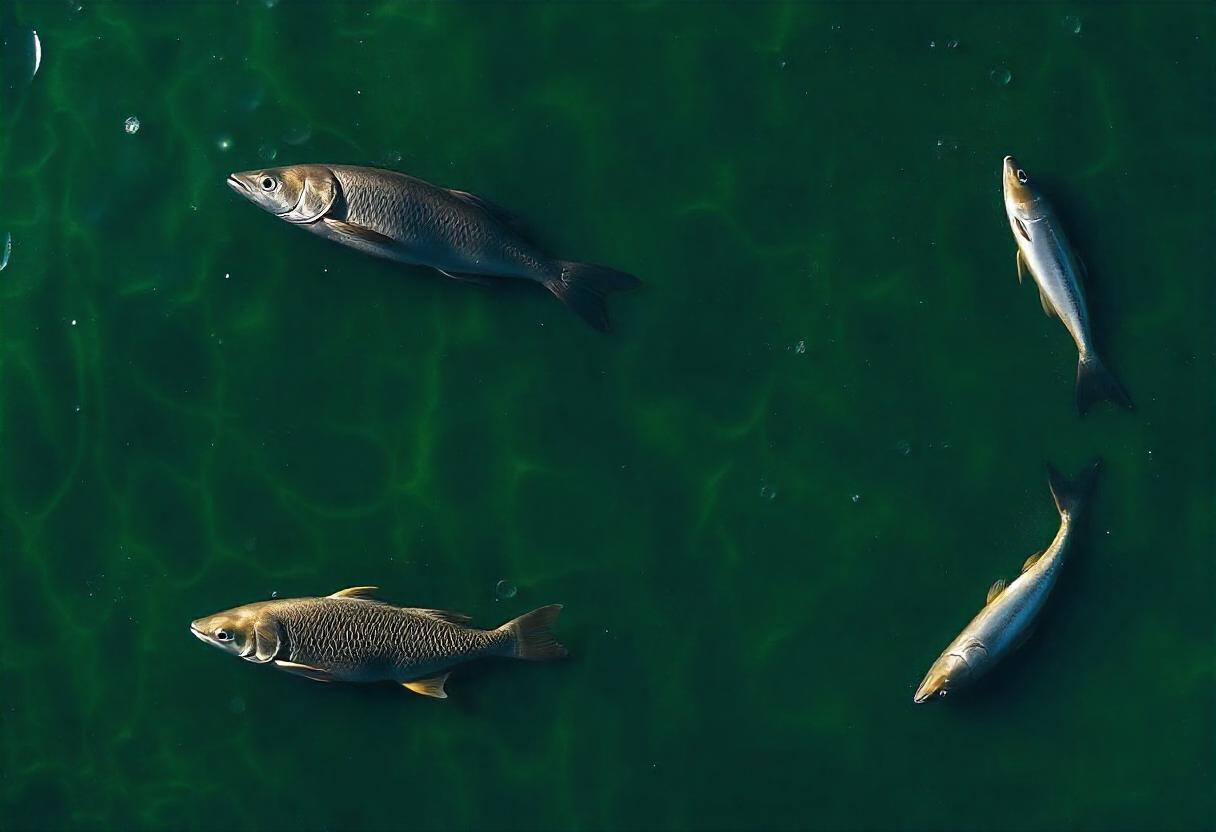
Understanding Aquaculture
Aquaculture, also known as fish farming, involves the cultivation of aquatic organisms such as fish, shellfish, and seaweeds in controlled environments. This method provides a solution to the overexploitation of natural fish stocks and helps meet the increasing global demand for seafood. Aquaculture can be practiced in various settings, including freshwater, marine, and brackish environments.
Types of Aquaculture Systems
Several types of aquaculture systems are used depending on the species being cultivated and the environmental conditions. These include:
- Recirculating Aquaculture Systems (RAS): These systems filter and reuse water within the same environment, allowing for intensive production in a controlled space.
- Pond Systems: Fish are raised in large, open ponds. This method is more extensive and relies on natural processes to manage water quality.
- Cage Systems: Cages or nets are placed in natural water bodies, such as lakes or oceans, to contain the fish. This method allows for large-scale production but requires careful monitoring of water quality and environmental impact.
Challenges in Aquaculture
Aquaculture faces several challenges, including:
- Disease Management: High-density farming environments can facilitate the spread of diseases and parasites, requiring effective management strategies and treatments.
- Environmental Impact: Aquaculture can affect surrounding ecosystems through nutrient discharge, habitat alteration, and the escape of farmed species into the wild.
- Resource Use: The production of fish feed often relies on wild-caught fish, which can strain marine resources. Efforts are being made to develop sustainable feed alternatives.
The Role of Fisheries
Fisheries involve the capture of wild fish and other aquatic organisms from natural environments. They play a crucial role in global food security and economic development. Fisheries are divided into:
- Commercial Fisheries: These are large-scale operations aimed at producing seafood for sale and trade. They use various techniques, such as trawling, longlining, and purse seining.
- Artisanal Fisheries: Smaller-scale operations often conducted by individual fishermen or small communities. These fisheries are typically more sustainable and have a lower environmental impact compared to commercial operations.
- Recreational Fisheries: These involve fishing for sport or leisure, and are usually managed with specific regulations to ensure sustainability.
Sustainable Practices in Fisheries
Sustainable fisheries aim to balance the need for seafood with the health of marine ecosystems. Key practices include:
- Catch Limits: Establishing quotas to prevent overfishing and ensure that fish populations remain healthy.
- Protected Areas: Creating marine protected areas where fishing is restricted or prohibited to allow ecosystems to recover and thrive.
- Bycatch Reduction: Implementing technologies and practices to minimize the capture of non-target species during fishing operations.
The Future of Aquaculture and Fisheries
The future of aquaculture and fisheries involves advancements in technology and practices to address current challenges. Innovations such as:
- Genetic Improvements: Selective breeding and genetic modification can enhance growth rates, disease resistance, and environmental adaptability of farmed species.
- Integrated Multi-Trophic Aquaculture (IMTA): This system combines different species in a single system, where waste from one species serves as feed for another, improving resource efficiency and sustainability.
Efforts to promote sustainable practices, coupled with technological advancements, are crucial for the continued success and resilience of both aquaculture and fisheries industries.